The 6 German words you need to know for spring

With May 1st now over and the sun finally coming out, The Local looks at essential German words for describing your spring fever (Frühlingsgefühl).
1. der Frühlingsbote - harbinger of spring
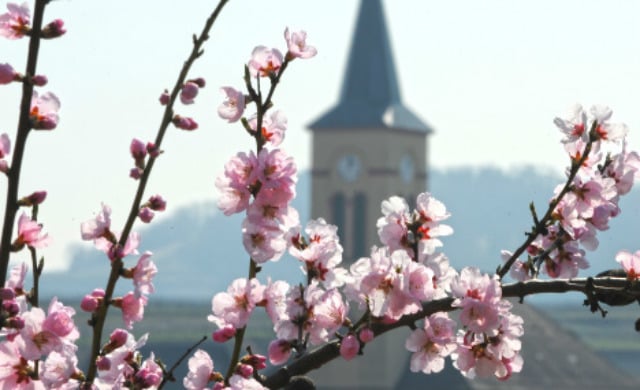 Photo: DPA.
Photo: DPA.
Birds twittering love songs to one another, baby flowers budding on the trees, restaurants advertising fresh Spargel (we'll get to that later) - these are all examples of Frühlingsbote that let you know springtime is coming to Germany.
2. die Spargelsaison or die Spargelzeit - asparagus season
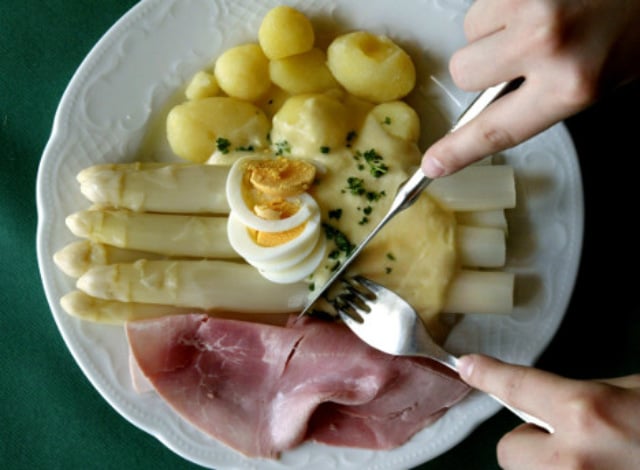 Photo: DPA.
Photo: DPA.
To anyone who has lived in Germany at least a year, it's quite obvious that Germans go quite mad for white asparagus when the season starts up in the spring, only lasting up to mid-June.
The traditional meal consists of white asparagus, hollandaise sauce, Black Forest ham (Schwarzwälder Schinken) and boiled potatoes, but you're sure to see menu specials of all varieties - everywhere you go - this time of year.
SEE ALSO: How to stay sane in asparagus season
3. das Naturgefühl - a feeling of oneness with nature
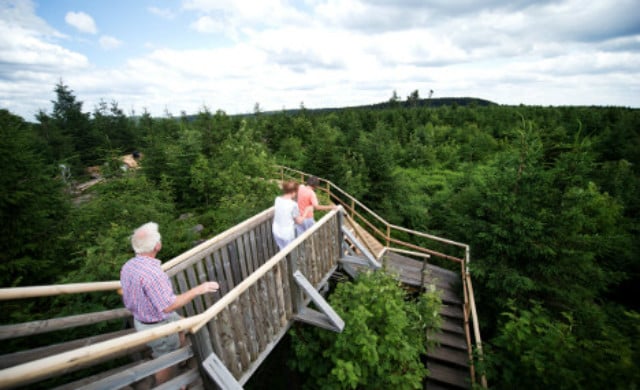 The Black Forest National Park, Baden-Württemberg. Photo: DPA.
The Black Forest National Park, Baden-Württemberg. Photo: DPA.
With the flowers abloom and the grass getting greener, it's no wonder many Germans start to get a strong sense of Naturgefühl during springtime.
4. die Blumenpracht - a magnificent display of flowers
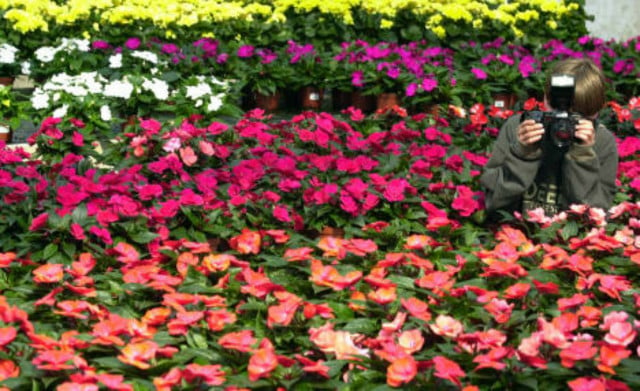 Photo: DPA.
Photo: DPA.
Be sure to compliment your German friends on their new Blumenpracht, because if there's one thing Germans love about spring flowers, it's arranging them in beautiful displays.
5. die Bowle - mixed fruit and sparkling wine beverage
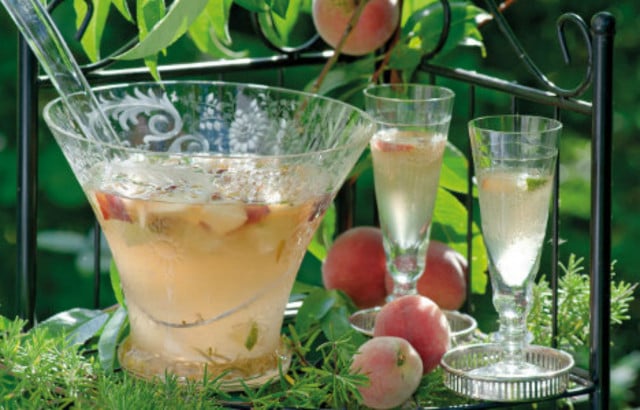 Photo: DPA.
Photo: DPA.
Bowle is to spring and summer what Glühwein (mulled wine) is to winter. This refreshing drink usually consists of wine or sparkling wine with juice, chunks of fruit, sugar and sometimes spirits like vodka or rum.
SEE ALSO: The top German drinks for staying cool when it's hot
6. der Schrebergarten or der Kleingarten - small gardens outside city life
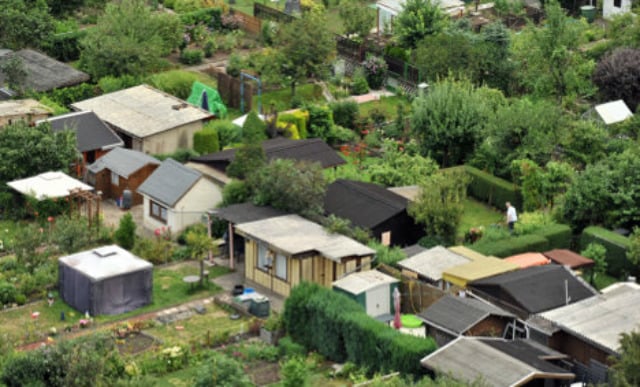 'Schreber' gardens in Leipzig. Photo: DPA.
'Schreber' gardens in Leipzig. Photo: DPA.
Newcomers to Germany might be a bit surprised to see what at first sight appear to be slums on the fringes of cities, though surprisingly lush and green.
These little colonies are in fact Schrebergärten, also known as a Kleingärten, that serve as allotment gardens to city folk who want to rent a space outside the hustle and bustle of metropolitan life, kick back and enjoy a little slice of nature.
The term Schrebergarten came about in the 1800s when the Industrial Revolution had led to a boom of people moving away from rural life and into the cities to find work. Poor, working class families were living in cramped conditions inside the city and were missing the sunlight and fresh produce they once enjoyed in the countryside.
So the so-called Schreber Movement emerged, named after a Leipzig academic who wrote about the social and public health consequences of urbanization, Daniel Gottlob Moritz Schreber. This movement proposed the creation of "gardens for the poor" - open spaces where this impoverished group could grow their own food and children could enjoy the benefits of nature.
The first of such gardens started in Leipzig in the 1860s, but by now the concept is popular across socio-economic groups - so don't be surprised if you get an invite to visit one this spring.
Comments
See Also
1. der Frühlingsbote - harbinger of spring
 Photo: DPA.
Photo: DPA.
Birds twittering love songs to one another, baby flowers budding on the trees, restaurants advertising fresh Spargel (we'll get to that later) - these are all examples of Frühlingsbote that let you know springtime is coming to Germany.
2. die Spargelsaison or die Spargelzeit - asparagus season
 Photo: DPA.
Photo: DPA.
To anyone who has lived in Germany at least a year, it's quite obvious that Germans go quite mad for white asparagus when the season starts up in the spring, only lasting up to mid-June.
The traditional meal consists of white asparagus, hollandaise sauce, Black Forest ham (Schwarzwälder Schinken) and boiled potatoes, but you're sure to see menu specials of all varieties - everywhere you go - this time of year.
SEE ALSO: How to stay sane in asparagus season
3. das Naturgefühl - a feeling of oneness with nature
 The Black Forest National Park, Baden-Württemberg. Photo: DPA.
The Black Forest National Park, Baden-Württemberg. Photo: DPA.
With the flowers abloom and the grass getting greener, it's no wonder many Germans start to get a strong sense of Naturgefühl during springtime.
4. die Blumenpracht - a magnificent display of flowers
 Photo: DPA.
Photo: DPA.
Be sure to compliment your German friends on their new Blumenpracht, because if there's one thing Germans love about spring flowers, it's arranging them in beautiful displays.
5. die Bowle - mixed fruit and sparkling wine beverage
 Photo: DPA.
Photo: DPA.
Bowle is to spring and summer what Glühwein (mulled wine) is to winter. This refreshing drink usually consists of wine or sparkling wine with juice, chunks of fruit, sugar and sometimes spirits like vodka or rum.
SEE ALSO: The top German drinks for staying cool when it's hot
6. der Schrebergarten or der Kleingarten - small gardens outside city life
 'Schreber' gardens in Leipzig. Photo: DPA.
'Schreber' gardens in Leipzig. Photo: DPA.
Newcomers to Germany might be a bit surprised to see what at first sight appear to be slums on the fringes of cities, though surprisingly lush and green.
These little colonies are in fact Schrebergärten, also known as a Kleingärten, that serve as allotment gardens to city folk who want to rent a space outside the hustle and bustle of metropolitan life, kick back and enjoy a little slice of nature.
The term Schrebergarten came about in the 1800s when the Industrial Revolution had led to a boom of people moving away from rural life and into the cities to find work. Poor, working class families were living in cramped conditions inside the city and were missing the sunlight and fresh produce they once enjoyed in the countryside.
So the so-called Schreber Movement emerged, named after a Leipzig academic who wrote about the social and public health consequences of urbanization, Daniel Gottlob Moritz Schreber. This movement proposed the creation of "gardens for the poor" - open spaces where this impoverished group could grow their own food and children could enjoy the benefits of nature.
The first of such gardens started in Leipzig in the 1860s, but by now the concept is popular across socio-economic groups - so don't be surprised if you get an invite to visit one this spring.
Join the conversation in our comments section below. Share your own views and experience and if you have a question or suggestion for our journalists then email us at [email protected].
Please keep comments civil, constructive and on topic – and make sure to read our terms of use before getting involved.
Please log in here to leave a comment.